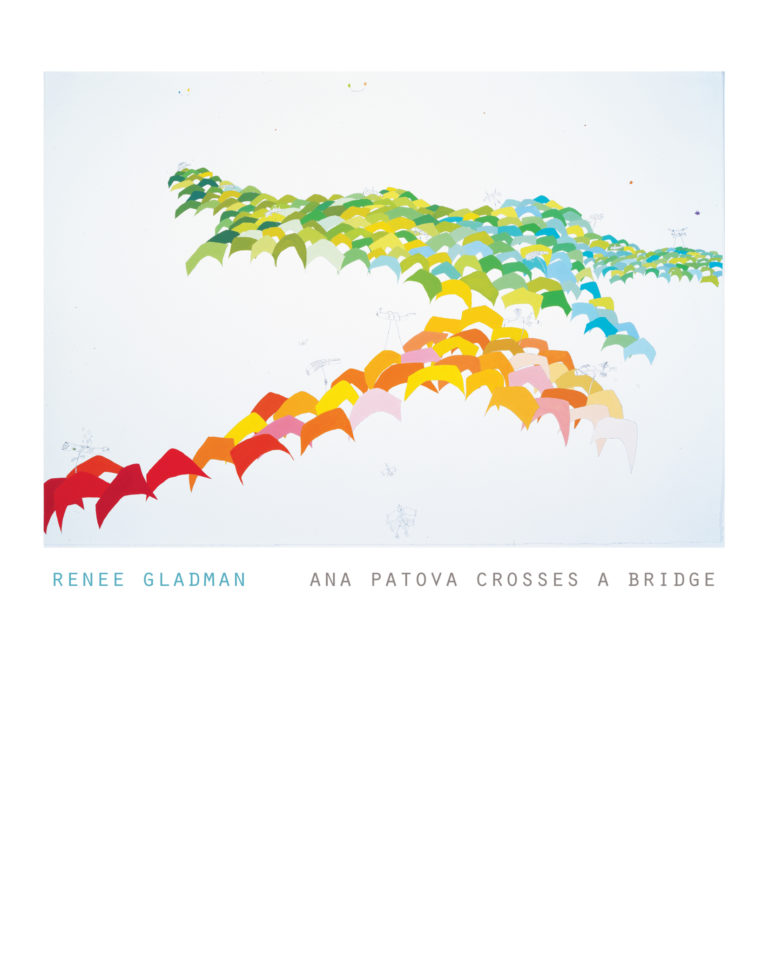

In this world, almost every protagonist is a writer - if writing goes beyond the traditional modes of authorship and encompasses drawing, gesture, and the trajectory of a body through a city. Her writing is eminent in its attention to the materiality of sentences, investing each syntactic unit with the capacity to build an imaginative world: Ravicka’s landscape is a fully-realised invention, with its own language and culture. Ravicka functions as a construct within which Gladman can pursue ideas around language, embodiment, and the phenomenological experience of space. But it is more a meditation on the impossibility of translation - a fugue-like discourse on community, longing, poetics and friendship taking place on moving trains and in fields, and closing with twelve fractious chapters of polyvocal conversations, taking place on Ravicka’s bridges. The Ravickians, the second in the series, ostensibly tells the story of a famous novelist trying to cross the city to attend her friend’s poetry reading. Mostly, the novels offer the mere suggestion of a plot. The only novel in the series told from the perspective of a visitor from outside, Event Factory offers an introduction to Ravicka’s foreign culture and strange landscape, where Earth’s physical laws are either suspended or queered. The city was large, yellow, and tender,’ writes the unnamed protagonist, a linguist who arrives in Ravicka when her plane fails to depart after a layover. ‘From the sky there was no sign of Ravicka. The experimental collection of essays Calamities (2016) and a new monograph of Gladman’s drawings, Prose Architectures (2017), complement the Ravicka project, but her first novel, Event Factory (2010), remains the best port of entry into this extraordinary city. To date, four of Gladman’s ten published works are set in Ravicka. Nonetheless - and herein lies Gladman’s achievement - these novels are provocative and profound. Absurdity abounds, non-sequitur is employed liberally, and syntax seems more significant than setting or plot. Ravicka has textual predecessors - Gladman overtly nods to Samuel Beckett, Anne Carson, and Julio Cortázar - but immersion in Ravicka feels, somehow, more like watching contemporary dance or experimental film than reading a novel. I want to state from the outset that these novels remind me of little else I have encountered in contemporary literature. The linguistic game developed and eventually gave birth to Ravicka - a fictional city-state with an absurd, charming, and troubled local population. Gladman began writing the series in 2003, drawing on a private language she had invented with a friend. Little can prepare you for the experience of reading Renee Gladman’s Ravickian quartet and encountering the oddity, humour, and singular intelligence of her mind.


 0 kommentar(er)
0 kommentar(er)
